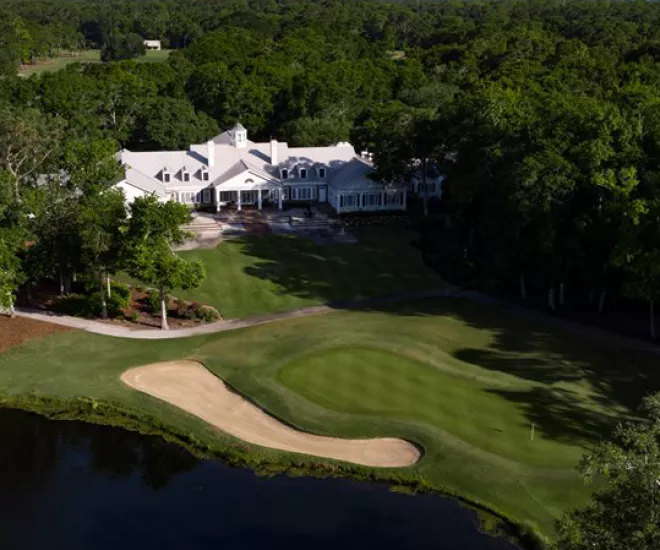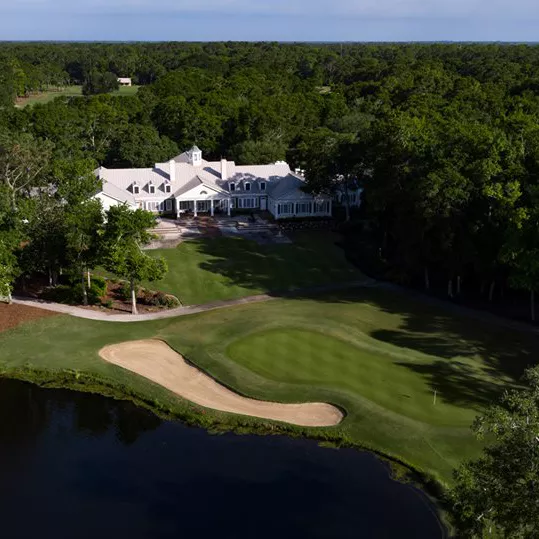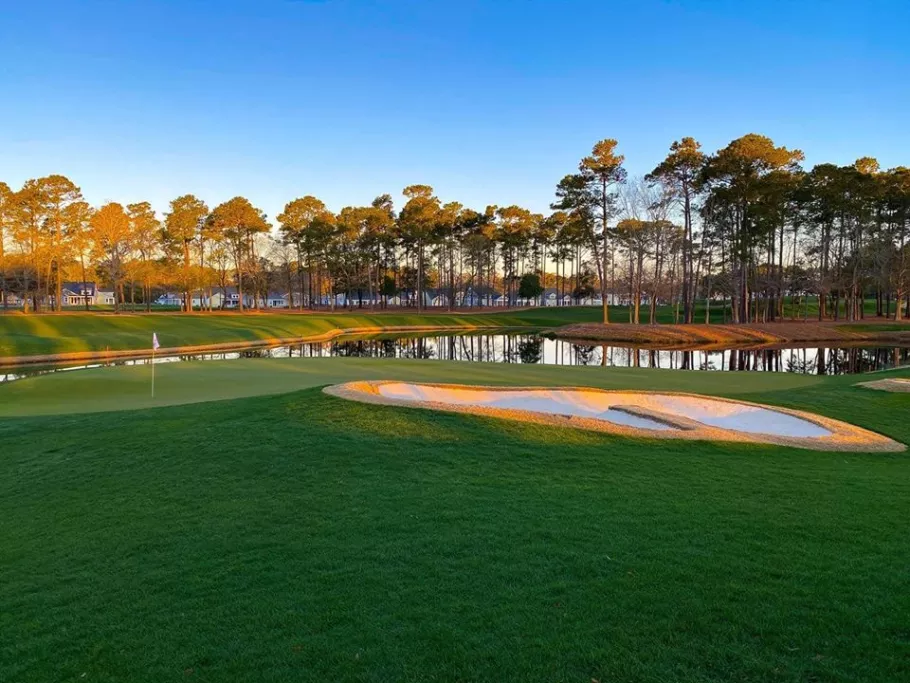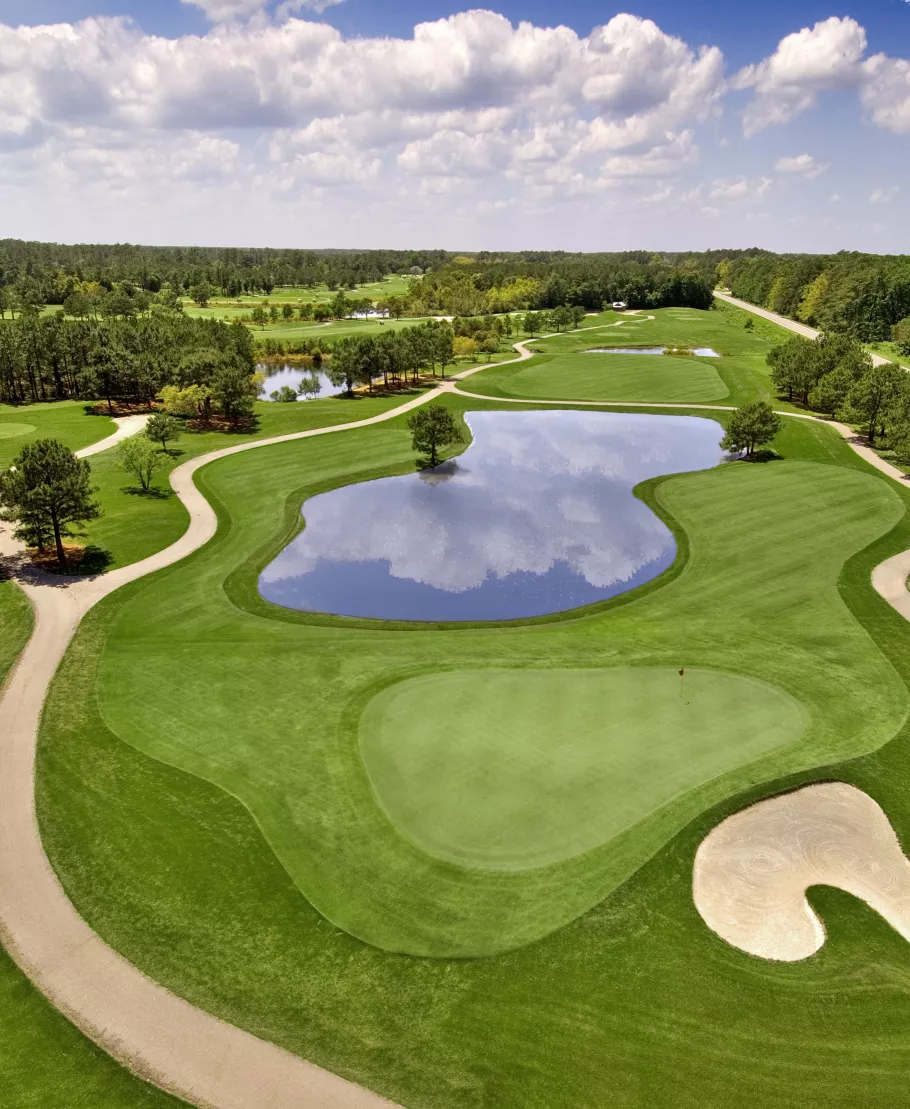How to Choose a Golf Course Based on Course Rating in Myrtle Beach

How to Choose a Golf Course Based on Course Rating in Myrtle Beach
When you visit The Beach and you are craving golf, how do you choose which of one of the 90 golf courses you are going to play when you are in Myrtle Beach? I’m guessing you are looking at the beauty of the places, the rates, the conditions, their reputation, or a reference from friends. But do you take into consideration the difficulty of the course? Do you take note of the course rating and the slope rating before you make your choice? Do you know how course rating and slopes rating are determined? Let me just explain, simply, how the USGA Course Rating System works.
The Course Rating System is an important aspect of the Universal Handicap System. The purpose of this system is to measure and rate the relative difficulty of golf courses so that a player's handicap index is accurate and applicable to all golf courses. Implemented by the USGA, the slope rating of a golf course is a measure of its relative difficulty for a bogey golfer compared to a scratch golfer.
The Course Rating System considers elements that impact play such as distance, obstacle factors such as topography, elevation, bent holes, prevailing wind, sand traps, narrow fairways, and water hazards among other things. Typically, harder golf courses will be longer, have greens that will test your patience (and skill level), strategically placed sand traps and narrow fairways.
The USGA Course Rating System has two fundamental components:
Course Rating
This rating of the playability of a course for expert golfers under normal playing and weather conditions. This rating is expressed in number of strokes (ex: 72.5). The higher the rating the higher the difficulty.
Slope Rating
This rating of the relative difficulty of a course for players of average ability (bogey player) compared to the difficulty of the course for experts (pro or scratch golfer). The lowest slope rating is 55 and the highest is 155. A course of medium difficulty will have a slope rating of 113. The higher the slope rating the higher the difficulty.
Depending on which tees you are playing (ex: Black/White/Red) the course and slope rating will change within the same course. If you play from the back tees (Black), course rating and slope will be higher comparatively if you play from the middle tees (White) for example. Look at the golf course scorecard before your round and you will find the course rating and slope rating that suits you according to your handicap index or your average score.
Here is a list of courses that I have visited in Myrtle Beach from the most difficult to the least difficult by observing the course and slope rating. Of course, that does not detract from the beauty and the conditions of the courses, only the degree of difficulty. Slopes and ratings indicated are from the white tees.
Pawleys Plantation (139/72)
Jack Nicklaus designed golf course since 1988 that is known as the most difficult course for average players. Built around a rice plantation and has acquired many awards over the years. The beautiful yet challenging layout has earned many accolades from around the world. You will need you’re A-game from the tee boxes to the putting surfaces which are full of subtle undulations.

Dunes Golf and Beach Club (135/70.6)
A Robert Trent Jones Sr. design, this course located near the ocean has hosted six Senior Tour Championships, the U.S. Women’s Open, and the PGA Tour Q-School finals. The greens are fast and undulating and the course in general demands power and precision.

TPC Myrtle Beach (136 / 71)
This Tom Fazio design carries the TPC label very well. Host of the 2000 PGA Senior Tour Championship and a lot of college tournaments. This course was built for competition and is the home course of PGA Tour star, Dustin Johnson.

Myrtle Beach National - West course (118/69.4)
Designed by the golf legend, Arnold Palmer, the West course, one of the three golf courses at Myrtle Beach National, cuts through the coastal Carolina pine forest and features a variety of doglegs and wider fairways from the front tees and large greens. A public course with a private course feel.

Meadowlands (118/69.6)
Golf architect, William Byrd designed this course which is a perfect choice for golfers of any skill level. Always in perfect condition from fairways to greens, the course as five sets of tees making it a place where the whole family can play.

Beachwood Golf Course (120/69.9)
One of my favorites on the Grand Strand and for locals and visitors alike. A place where I always feel at home. Always in great condition, the 18-hole championship course has four sets of tees to provide a challenging round of play for players of any skill level.
So, if you are a serious golfer and want to choose your next golf round considering the Course Rating System, remember that it is the foundation of the USGA Handicap System implanted to help you. You can trample any golf courses you want, and thanks to it you can face whatever challenge you want to approach and compete against any golfer on the planet on any course.